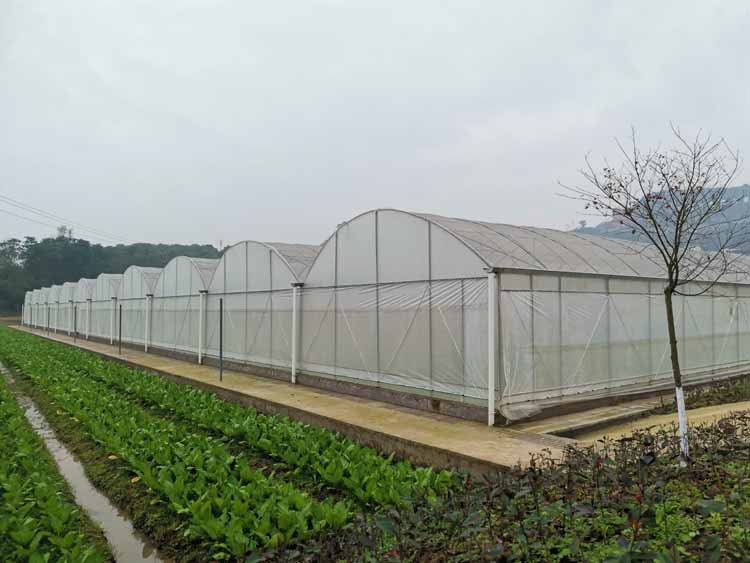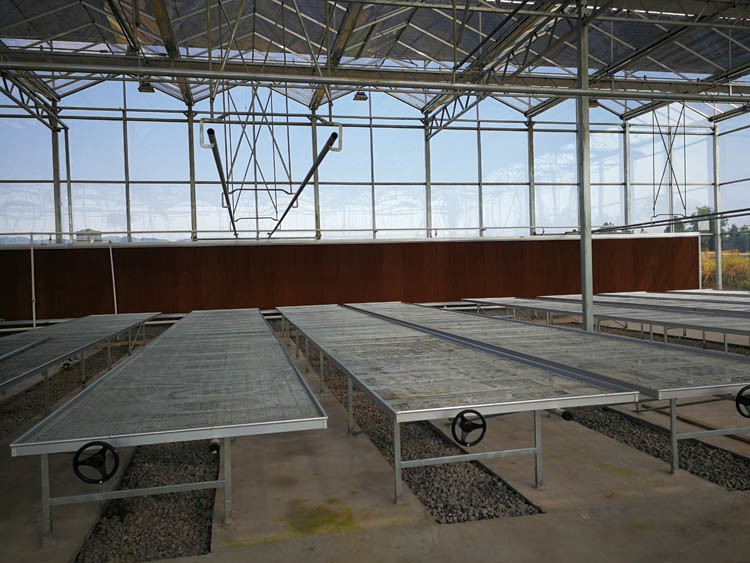How to improve the service life of the greenhouse film
The surface of the trellis material should be smooth. The main reason for the rupture of the greenhouse film is that the hard and sharp materials such as bamboo poles, iron wires, and aluminum wires used to build the greenhouse will smash the film. Therefore, the surface of the scaffolding material must be smooth, and the tip of the pole and the bamboo joints must be polished and smoothed. The frame should be made of soft materials such as hemp rope and thread rope.
The seams are not too narrow. Greenhouse films are spliced by a number of narrow-width films. When splicing, the bonding area should be increased to improve the bonding strength. If the seam is too narrow and the bonding area is small, it will cause the seam to come off when pulled hard.
Hold down the film with a thread. After the greenhouse is covered with a film, it should be pressed down with a film-pressing line immediately. Generally, a laminated line is drawn every 1-2 scaffolds, the line should be moderately tight, and a simple windproof barrier is set up on the windward side. Otherwise, the thin and light greenhouse film is easily broken or even rolled up by strong winds in winter.
Film damage needs to be repaired. The film is easily damaged during use and storage, and temporary repair methods can be used for damage during use
1. Water repair method. Scrub the damaged area clean, cut a piece of film that is slightly larger than the damaged area without holes, dip it in water and paste it on the hole, drain the air between the two films, and press it flat.
Second, it is the paper repair method. If the agricultural film is slightly damaged, dip a piece of paper in water and paste it on the damaged area while it is wet. Generally, it can be used for about 10 days.
The third is the paste repair method. Use white flour and water to make paste, and then add red enamel equivalent to 1/3 of the weight of dry flour. After a little heating, it can be used to repair the film.
4. The film after the shed is dismantled shall be permanently repaired. If the thicker film is damaged, it can be covered with a film of the same texture and connected with a thin thread. You can also wash the damaged part, cover the hole with a slightly larger film, and then cover it with 2-3 layers of newspaper, and gently iron it along the interface with an electric iron. Together, this method is called hot tonic.
Five-glue repair method, clean the surrounding area of the hole, apply it with a brush dipped in special glue, after 3-5 minutes, take a piece of film with the same texture and stick it on it, and stick it firmly after the glue dries.
Hot patching method and glue patching method have good film patching effects, but the sewing patching method not only leaks air, but also is easy to pull apart, so it is best not to use it for films that are not thicker in texture.








